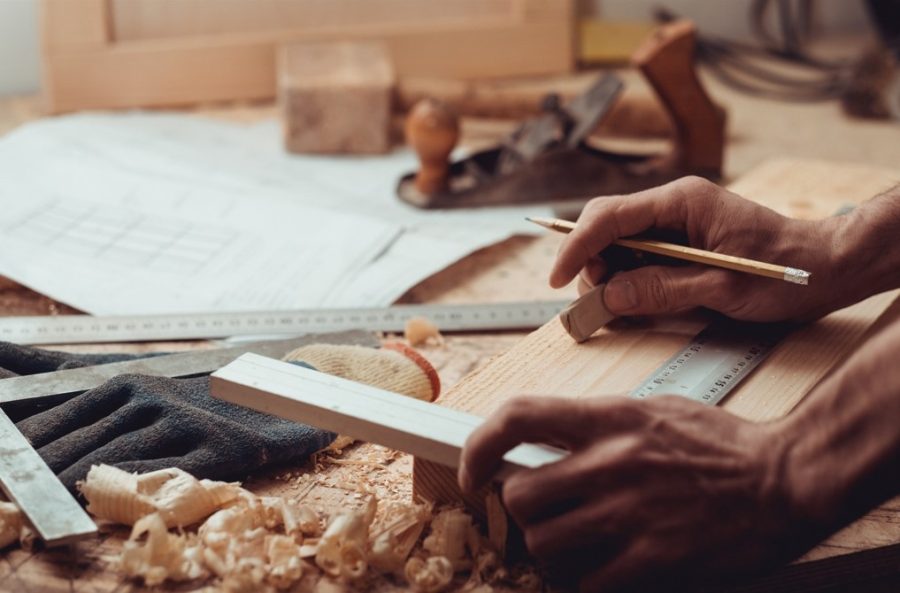Termites are among the most destructive insects on the planet. Their burrowing into a home’s wood beams, floors, and other structures can cause thousands of dollars in damage. If your house has been assaulted by a termite infestation, here are suggested renovations to restore your home’s beauty and functionality.
Repair the Damage
Don’t try to cover up the damage caused by termites. Tunneled cellar beams and deteriorating wood floors should be repaired when feasible. This is sometimes possible if the damage is minimal when the problem is caught early. An expert carpenter can often repair problem areas affected by termites by reinforcing the damaged areas with a support beam and other types of repair work. A professional carpenter can assess the problem and let you know if repairs are possible.
Replace Destroyed Areas
In some cases, the termite damage is so extensive after years of infestation that whole sections of a floor or wooden trusses and floor joists must be replaced. Although expensive, replacement may be necessary to provide adequate support for your home’s structure. This offers a good opportunity to install quality products that can be treated to prevent future termite problems. Shop for replacements that will enhance the overall look of the affected areas. You might want to paint the walls or update the fixtures during your renovation project.
Restore Affected Areas
With the damaged wood repaired or replaced, use this opportunity to update your basement or rooms in the home that are impacted. Depending on the extent of the repairs, you may be able to recess or remove or add a wall, add or update a subfloor, or add crown molding to the rooms that are being restored. These improvements could cost far more if undertaken separately. But while having the termite repairs done, upgrades like these are more affordable since the contractors are already working in the home. To keep termites away from your property, consider restoring the affected structures with wood that helps to repel termites. Alaskan yellow cedar and redwood are two types of wood that are termite resistant and work well in certain types of wood structures.
Prevent Future Infestations
To avoid a repeat problem with termite infestation in addition to using resistant wood, hire a pest control professional to inspect your property. Annual assessments can identify termite issues early before they cause major problems. Routine treatments in your home and outside will reinforce and protect your renovations to prevent further termite damage in the future.
Termites cause serious damage that is often expensive to repair. Renovate your property with termite prevention in mind to avoid future issues.

